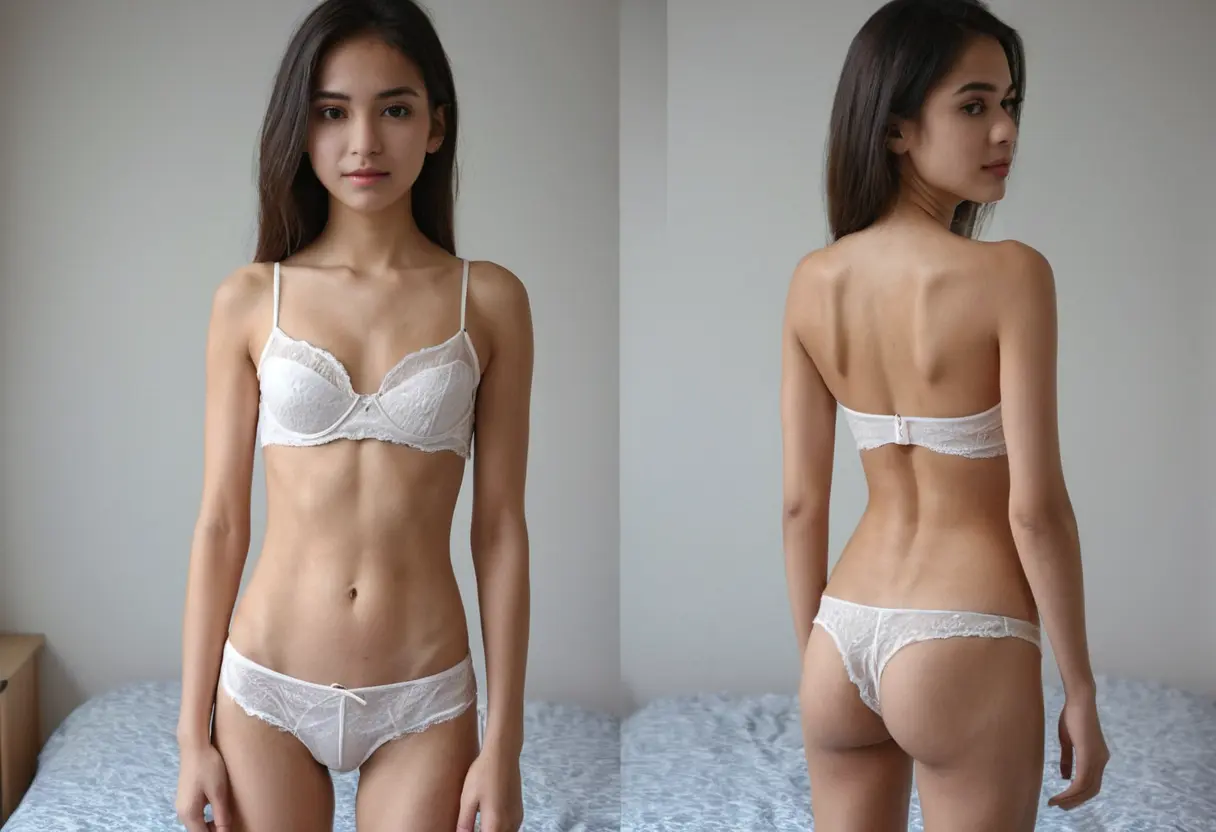
In recent years, AI-driven technologies have revolutionized the way we process and analyze images online. Among these innovations, "Undress AI" sites have emerged as powerful tools capable of performing complex image analysis tasks, particularly in the realm of privacy and image manipulation. These platforms use sophisticated algorithms to interpret and enhance visual content, raising both exciting possibilities and serious ethical concerns. In this article, we will explore how Undress AI sites are reshaping online image analysis, their implications on privacy, and the future of digital image processing.
Undress AI sites typically use deep learning models and computer vision to identify and modify clothing in images. These platforms are often marketed as tools for "digitally undressing" or removing garments from photos, which have sparked significant debate about their ethical use. At the core of these sites is a machine learning algorithm that is trained on vast datasets of images. The technology behind these systems can be broken down into several key elements:

While the most controversial use of Undress AI technologies is their ability to alter or manipulate personal images, these tools also have legitimate applications in various fields. In image analysis, AI is used for purposes beyond unethical alterations, including:

These examples illustrate that AI in image analysis is not inherently malicious. However, the rapid development of this technology presents risks, especially in terms of how it can be misused to violate personal privacy.

The advent of Undress AI technology has ignited a wave of concerns regarding privacy and personal data protection. One of the most significant challenges is the ease with which images of individuals can be manipulated, creating potential threats to individual autonomy and safety. These concerns are compounded by the following issues:
These issues have https://www.undressaitool.com/prompted calls for more stringent regulations around AI-driven image manipulation technologies. Some countries have started enacting laws that govern how AI can be used in image processing, aiming to balance innovation with personal rights.
As AI technologies continue to evolve, so too will the debates surrounding their ethical implications. The future of Undress AI and similar technologies will depend largely on the ability of lawmakers, developers, and users to address the concerns related to privacy, consent, and misuse. Several approaches may help mitigate these risks while still allowing the benefits of AI-driven image analysis to flourish:
By addressing these concerns, AI technologies can continue to grow while maintaining respect for privacy and human dignity. This balance is crucial in ensuring that AI remains a force for good rather than a tool for harm.
Undress AI technologies represent a fascinating advancement in the field of image analysis, with the potential to transform industries ranging from fashion to healthcare. However, as with any powerful tool, they come with significant ethical and privacy challenges. The ability to manipulate images with such precision raises questions about consent, exploitation, and misuse that cannot be ignored. As the technology continues to evolve, it is crucial for developers, lawmakers, and society as a whole to ensure that AI is used responsibly and ethically. Balancing innovation with privacy and security will be key to harnessing the full potential of Undress AI in a way that respects the rights and dignity of individuals.